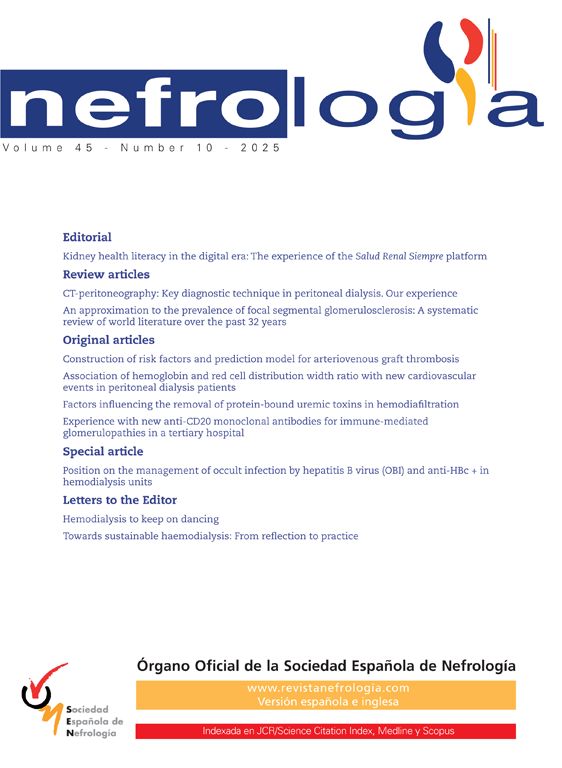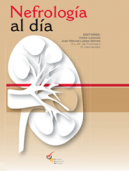Dear Editor, Specialised literature informs us that hypertension may accompany haemospermia. This association may be considered merely statistical, but the fact that it appears in more severe hypertension, such as malignant hypertension, cannot.1 We present the case of a 36-year old man who visited the hospital due to emitting blood in the semen. Apart from the presence of untreated hypertension which had been present for ten years, there were no other relevant data. Examination, laboratory testing, cultures and imaging techniques did not provide any data regarding its origin. Furthermore, the urological history was uneventful, with no history of trauma or infection, and there were no accompanying clinical profiles, prior medications or sexual habits that could be considered abnormal. The patient had a blood pressure of 220/140mmHg, and was asymptomatic with the following relevant data: ocular fundus with oedema of the optic nerve, exudates and haemorrhages, ECG in which we observed ventricular hypertrophy with a systolic overload, renal failure (Cr > 3mg/dl) with proteinuria ++++. In a previous analysis, renal function had been normal. The usual hormonal and radiology studies to rule out secondary hypertension were negative. He was identified as a malignant hypertension patient, and it was believed that a kidney biopsy would not be indicated or appropriate. Haemospermia is generally a selflimited, benign process which is idiopathic in many cases. In others, it is secondary to aggressive urological examination, exacerbated sexual activity or excessive sexual continence, or rarely, a tumour. Underlying hypertension is described in at least 6% of all cases.2 Coinciding haemospermia and malignant hypertension has occasionally been described by several authors.3,4 An association between asymmetrical ectasia of the seminal vesicle (seminal ectasia can cause haemospermia) and severe hypertension can also be described.5 Although the physiopathology of the process behind this association is not clear, presence of haemospermia in these acute forms of high blood pressure, which has already been described, may not be a mere coincidence.
The Impact Factor measures the average number of citations received in a particular year by papers published in the journal during the two preceding years.
© Clarivate Analytics, Journal Citation Reports 2025
SRJ is a prestige metric based on the idea that not all citations are the same. SJR uses a similar algorithm as the Google page rank; it provides a quantitative and qualitative measure of the journal's impact.
See moreSNIP measures contextual citation impact by wighting citations based on the total number of citations in a subject field.
See more




